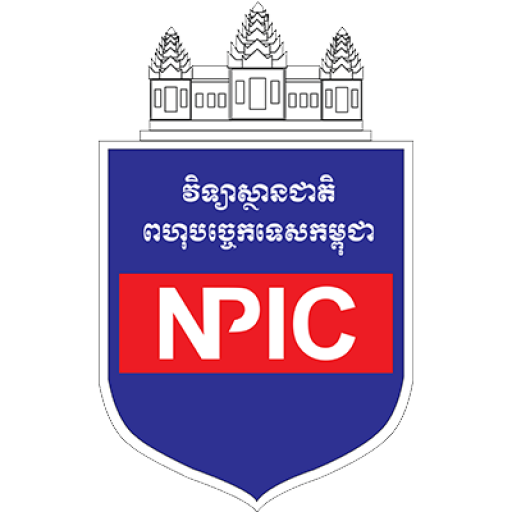| Title | |
| Author(s) | Chivon Choeung, Panha Soth, Heng Tang, Sreyleak Ean, Sarot Srang |
| Status | 57 views, 326 downloads Download |
| Keywords | all-pass filter linear matrix inequality optimal control symmetrical component Three Phase Inverter UPS voltage regulation |
| Abstract | Unbalanced loads are extremely prevalent in real systems, and they create power quality issues for the UPS system. To address this problem, this work provides an optimal voltage control scheme for a three-phase inverter using the linear matrix inequality method. In addition, the purpose of this controller is to provide a well-balanced three-phase sinusoidal voltage regardless of the imbalance of the loads. This symmetrical component-based controller features two paralleled voltage controls: a positive sequence to regulate output signals and a negative sequence to eliminate unbalanced voltages. Along with that, the optimization problem is formulated such that the convergence rate is maximized to obtain the output voltage as swiftly as possible. PSIM is used to carry out the simulation, and MATLAB is utilized to assist in determining the optimal control gain for the state feedback and integral control of each sequence. The control algorithm is then deployed utilizing an in-house designed control board together with a TMS320F28335 digital signal processor. To determine the efficacy of the proposed control, simulation, and experiment results are compared to those of an optimal controller without a negative sequence. |
| Journal Name/Conference Name | 4th International Electronic Conference on Applied Sciences |
| Publisher/Institution | MDPI |
| Field/Faculty | Faculty of Engineering |
| Publication Year (month) | 2023 |
| Issue | 1 |
| Volumn | 56 |
| Pages | 1-8 |
| DOI/Link | https://doi.org/10.3390/ASEC2023-15365 |
| Recommended Citation | Chivon Choeung, Panha Soth, Heng Tang, Sreyleak Ean, Sarot Srang. (2023). A Linear Matrix Inequality Approach to Optimal Voltage Control of a Three-Phase UPS Inverter under Unbalanced Loads. 4th International Electronic Conference on Applied Sciences,56(1), 1-8.DOI:https://doi.org/10.3390/ASEC2023-15365 |
Facebook page opens in new windowTwitter page opens in new windowInstagram page opens in new windowYouTube page opens in new window
top_menu_bar

